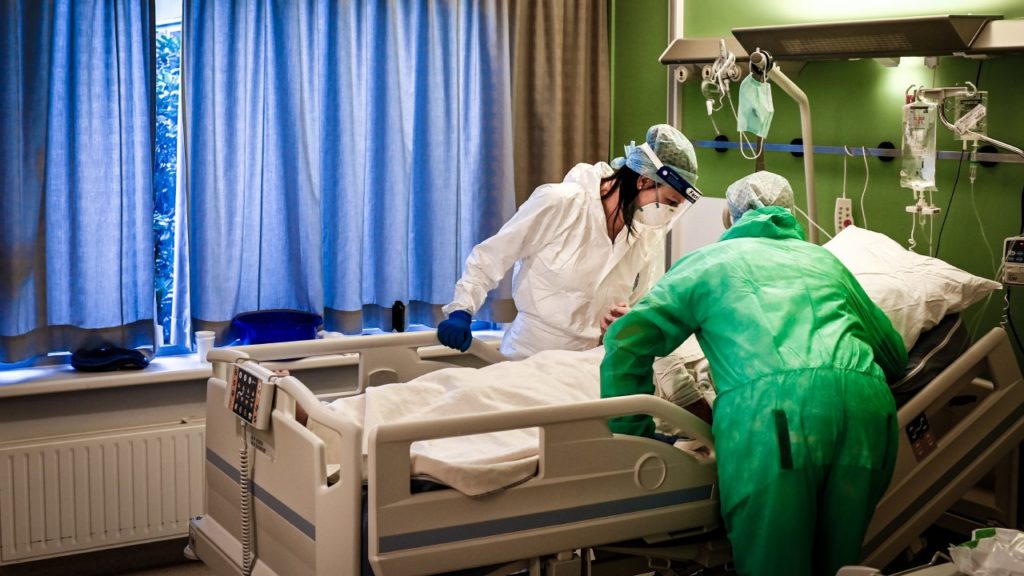The number of hospitalised coronavirus patients continues to increase as other coronavirus indicators drop more slowly, according to the latest figures published by the Sciensano public health institute on Tuesday.
Between 28 November and 4 December, an average of 2,132.9 new people tested positive per day over the past week, which is a 9% decrease compared to the week before.
The total number of confirmed cases in Belgium since the beginning of the pandemic is 592,615. The total reflects all people in Belgium who have been infected, and includes confirmed active cases as well as patients who have since recovered, or died as a result of the virus.
Over the past two weeks, 272.9 infections were confirmed per 100,000 inhabitants, which is a 47% drop compared to the two weeks before.
Related News
- Belgium makes quarantine mandatory for all red-zone travellers again
- Belgium should consider stricter rules if infections stop falling, expert warns
Between 1 and 7 December, an average of 191.9 patients was admitted to hospital, down 12% from the week before.
In total, 3,276 coronavirus patients are currently in hospital, or 63 more than yesterday. Of all patients, 723 are in intensive care, which is 16 fewer than yesterday. A total of 474 patients are on a ventilator – 1 fewer than yesterday.
From 28 November to 4 December, an average number of 105.6 deaths occurred per day, marking a 18.6% decrease compared to the week before.
The total number of deaths in the country since the beginning of the pandemic is currently 17,386.
Since the start of the pandemic, a total of 6,116,392 coronavirus tests have been carried out. Of those tests, an average of 29,814.1 was taken per day over the past week, with a positivity rate of 8.8%. That means that fewer than one in ten people who get tested receive a positive result.
The percentage went down by 1.1% compared to last week, along with a 3% increase in testing.
The reproduction rate, finally, has risen to 0.95. That rate (Rt) is the rate at which the virus spreads. If it rises above 1.0 again, it would mean that a person infected with coronavirus infects more than one other person on average and that the pandemic would be growing again.
Jason Spinks
The Brussels Times

